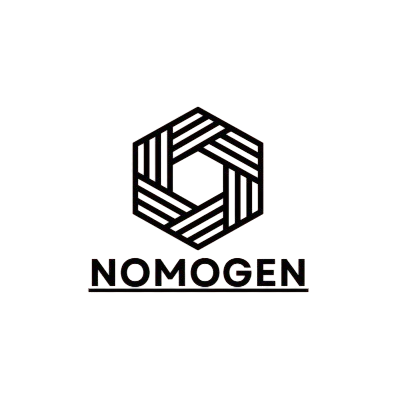In today’s fast-paced world, stress has become a constant companion for many. Between work demands, digital distractions, and the hustle of everyday responsibilities, people are increasingly seeking effective ways to unwind and restore balance. One of the most accessible and time-tested solutions is massage therapy—a holistic practice that offers much-needed relief in the modern era.
A Natural Antidote to Stress
Massage therapy works primarily by stimulating the body’s parasympathetic nervous system, which is responsible for the “rest and digest” functions. This helps slow the heart rate, lower blood pressure, and promote a sense of calm. Just a single session can 창원출장마사지 ease muscle tension, reduce stress hormones like cortisol, and leave the body feeling both relaxed and energized.
For those constantly on the go, massage provides a valuable pause—a chance to disconnect from screens, reduce mental chatter, and reconnect with the body. It’s not just about feeling good; it’s about taking proactive steps to manage stress before it affects physical health.
The Workplace and Massage
With increasing awareness of workplace burnout and mental health issues, some employers are now offering massage as part of their wellness programs. Short chair massages during breaks, for example, have been shown to reduce fatigue, increase concentration, and improve overall productivity. Employees who feel physically and mentally supported tend to perform better and report higher job satisfaction.
Whether you work at a desk or on your feet, repetitive motions and poor posture can lead to tight muscles and tension. Regular massages help to correct imbalances, ease chronic discomfort, and prevent long-term injuries.
Customizable for Individual Needs
Massage therapy is not one-size-fits-all. A trained therapist can tailor each session to meet specific needs—be it relieving neck and shoulder tension, reducing lower back pain, or supporting emotional release. Techniques such as deep tissue, Swedish, aromatherapy, and reflexology can be combined depending on the client’s physical condition and desired outcome.
Some people benefit from monthly massages for maintenance, while others may need more frequent sessions during times of high stress or recovery.
A Healthy Habit, Not a Luxury
Although massage is often viewed as a luxury reserved for special occasions, its health benefits suggest it should be seen more as a necessity. Like exercise or a balanced diet, massage supports the body’s ability to function optimally. It encourages better sleep, boosts immunity, and improves overall well-being.
Conclusion
In a world where stress is nearly unavoidable, massage therapy stands out as a natural, effective way to support mental clarity, emotional stability, and physical health. By making massage part of a regular wellness routine, individuals can build resilience against stress and improve their quality of life—one session at a time.
